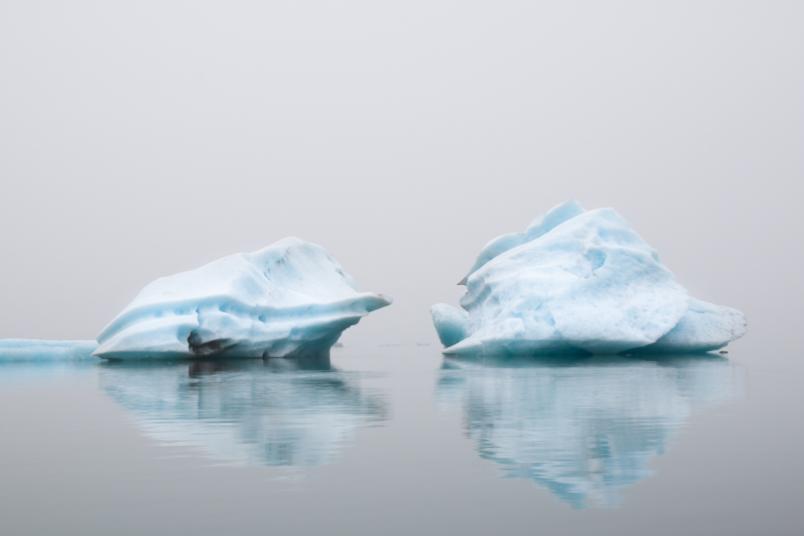
Chemistry
Water molecules dance in three
Water may look like a simple liquid. However, it is anything but simple to analyse. The unique properties of water are only understandable, if scientists observe the interaction of the molecules.
An international team of scientists lead by Professor Martina Havenith from RUB has been able to shed new light on the properties of water at the molecular level. In particular, they were able to describe accurately the interactions between three water molecules, which contribute significantly to the energy landscape of water. The research could pave the way to better understand and predict water behaviour at different conditions, even under extreme ones. The results have been published online in the journal “Angewandte Chemie” on 19 April 2020.
Analysing the water trimer
Despite water is at first glance looking like a simple liquid it has many unusual properties, one of them being that it is less dense when it is frozen than when it is liquid. In the simplest way liquids are described by the interaction of their direct partners, which are mostly sufficient for a good description, but not in the case of water: The interactions in water dimers account for 75 per cent of the energy that keeps water together.
Martina Havenith, head of the Bochum-based Chair of Physical Chemistry II, and her colleagues from Emory University in Atlanta, US, recently published an accurate description of the interactions related to the water dimer. In order to get access to the cooperative interactions, which make up 25 per cent of the total water interaction, the water trimer had to be investigated. Now, the team lead by Martina Havenith in collaboration with colleagues from Emory University and of the University of Mississipi, US, has been able to describe for the first time in an accurate way the interaction energy among three water molecules. They tested modern theoretical descriptions against the result of the spectroscopic fingerprint of these intermolecular interactions. The work was done under the umbrella of the Ruhr Explores Solvation (Resolv) Cluster of Excellence.